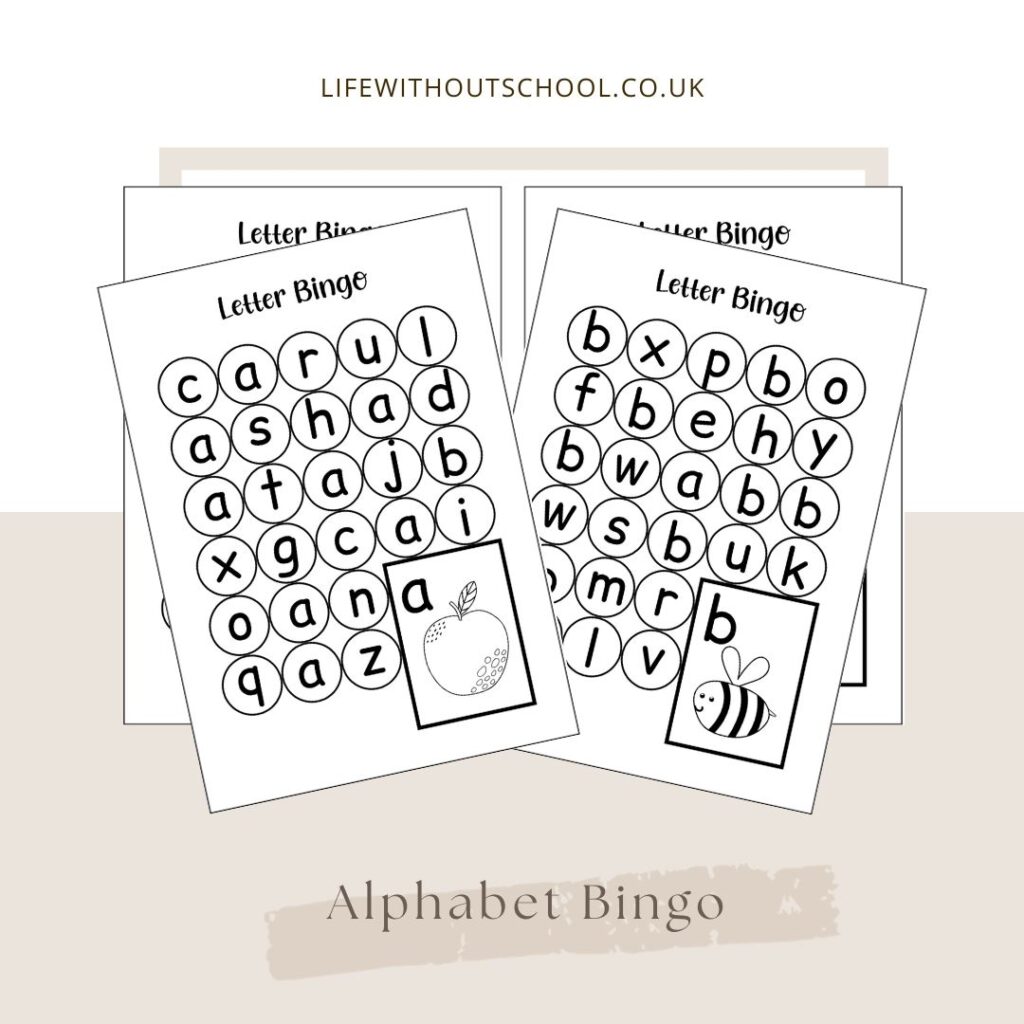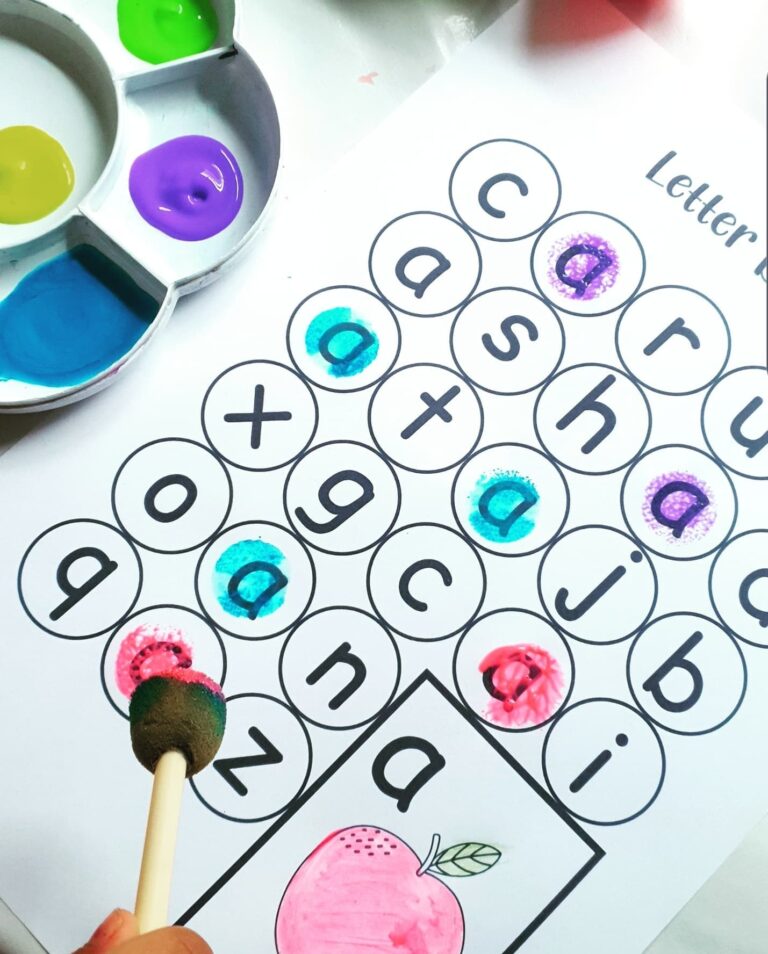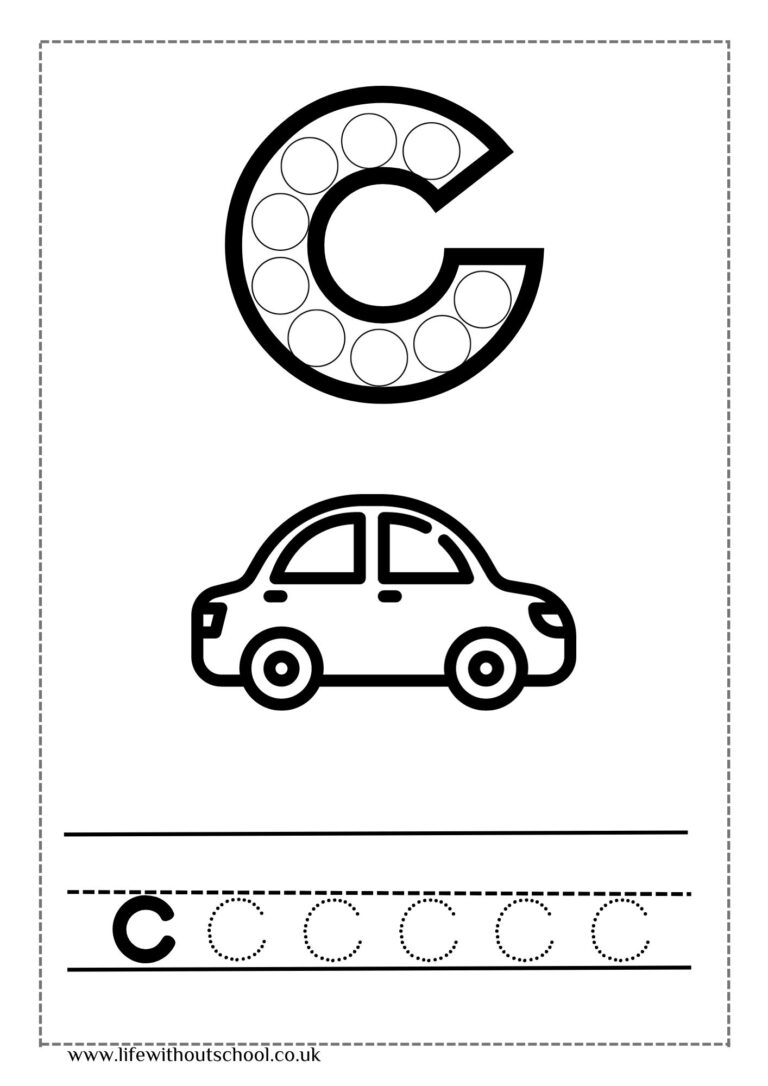Phonics Worksheets for Preschool kids FREE
Phonics Worksheets for Preschool kids FREE

Disclaimer: This site may contain affiliate links. This means that I get a tiny percentage every time someone purchases a recommended item. Having said that I NEVER recommend something we don’t use and love.
We have some free phonics worksheets for your preschool child!
So whether you’re homeschooling your child or prepping them for school, these are perfect to help aid you teach your child.
This post contains a few downloads so make sure you scroll all the way to the bottom to grab them all.
First up we have the FREE alphabet bingo printable. Preschool children love to get their hands dirty so you can let them get creative.
This FREE alphabet bingo printable for preschool children is so fun and can be as mess free as you like!
Use different mediums to keep your child interested and engaged.
You can use:
– Paint – Either using brushes or stamp sponges
– Colours – To colour in each circle
– Play dough – Add a bit of play dough to each one.
– Bingo pens – Stamp the correct circle
– Stickers – Add a sticker to each correct circle.
It’s an engaging activity designed to assist in teaching phonics, whether your child is homeschooled or not.
The activity enhances your child’s ability to recognise. Remember they are learning through consistent practice. Perfect for your preschooler learning phonics!

Why teach the alphabet and reading using phonics to your preschooler?
As a homeschool mum of 6 I’ve done my fair share of teaching to read. And I personally used and loved (and recommend) phonics!
When children learn to read using phonics, they are able to decode and read words not only more accurately and fluently but also more quickly.
Once they can understand the letter and sound relationship, they are that much closer to recognising and pronouncing words correctly.
I personally 100% stand by teaching to read phonetically. Not only is it easier for the child but also for the teacher!
(And it’s very contagious! You will find me spelling out words phonetically even when there are no kids around! haha)
That’s why I created this alphabet bingo printable for preschool children.
Download Your Alphabet Bingo Freebie Here!
Scroll for more phonics worksheets
- In order to teach your child the names of each letter and their associated sounds, we need to ensure they are having fun, as this way it’s much more likely they will retain what they learn!
- (Also if your child is young enough that they are learning their alphabet, that means they’re most likely young enough that they can’t be expected to sit in one spot and do “work.” )
- Keeping it fun for them whilst also educational is the way to go!
- (And honestly if your child is having fun with an educational activity, as parents, it’s one of the best feelings, knowing they’re learning what they’re being taught whilst also enjoying themselves).
This set of 26 worksheets is simple, yet fun for your child.
- When teaching the alphabet it’s important to only teach 1 or 2 letters at a time. Trying to teach them all in one go (or a whole bunch at a time) simply won’t work.
- Take things slowly. You're aiming for slow and thorough. This way your preschooler will learn it well, while also maintaining the fun!
- Remember they are so young at the moment so don’t stress about how long it takes them. Once it clicks they will sail right through it.
- At school they tend to teach 1 letter a week (this is what I remember from when my eldest attended - she was only a couple of months into learning the alphabet before we decided to homeschool her.) Also my nephew currently attends school and is also learning a letter a week.
- So based on this we know a letter a week can be done easily! I say easily, because those poor teachers have 30 children to teach in between all the disruptions. Whereas at home we have a few kids max!
I also have these Q tip phonics worksheets available to download for FREE!

How to incorporate Q tips phonics worksheets into your homeschool:
All you need is some paint and some Q tips! These Q tip phonics worksheets can provide your child with hours of educational fun.
Let your child get creative by giving them a few paint choices and allowing them to “write” the letter using the q tip dipped in paint.
Learning phonics should be a fun experience for your little one.
They are at the very beginning of their learning journey and it should be an exciting, fun and stimulating experience.
Not only are they more likely to retain the information they are learning, they are also much more likely to look forward to, and be excited about, more learning.
Why use Q tip phonics worksheets?
Incorporating these Q tips phonics worksheets into your homeschool means your child is working on their fine motor skills as well as practising how to hold a pencil (without even realising it).
They will learn how to draw each letter and the moves it takes to create it.
Using paints is always fun, even for adults! So when you pull out the paints, your child will immediately get excited (I know I would)!
This is the kind of excitement you need in your homeschool!
It’s also a great way to keep your child busy for a long period so you can take some time to work with your other children if need be.
Why not stick to writing exercises with phonics?
Hands-on activities are considered effective for teaching phonics because they engage multiple senses, encourage active participation, provide real-life application, foster problem-solving skills, help retain information, accommodate different learning styles, make learning fun and can be tailored to individual student needs. These benefits can contribute to a more effective phonics instruction.
Phonics can sometimes be challenging for young children, but hands-on activities can make it fun and enjoyable.
When children have fun while learning, they are more likely to stay engaged and motivated.

Why phonics?
Teaching the alphabet using phonics is a brilliant approach in early literacy education because it helps children learn the sounds associated with letters. (Which means they are able to learn to read much quicker and much more fluently)
This method has so many advantages:
- Foundation for Reading: Phonics instruction serves as the building blocks for reading. When children understand the sounds each letter or group of letters makes (phonemes), they can decode words and begin to read.
- Reading Comprehension: Phonics enables children to develop reading comprehension skills. Once they can sound out words, they can understand and make sense of the text.
- Spelling and Writing: Understanding phonics helps with spelling and writing. Children can apply their knowledge of letter sounds to spell words correctly and to write sentences and stories.
- Word Recognition: Phonics aids in word recognition. When children learn letter-sound relationships, they can recognise and understand new words more easily, which is crucial for expanding their vocabulary.
- Independence: Phonics instruction promotes independent reading. Children can read and understand texts on their own, which is an essential skill for lifelong learning.
- Accuracy: Phonics ensures accuracy in reading. It helps children read words accurately, reducing the likelihood of guessing words and making mistakes.
Down Your Q Tip Phonics Freebies Here!
Here are some really awesome tips you could check out from Freedom Homeschooling.
Looking for more phonics activities? Click here to take a peak at our collection.

